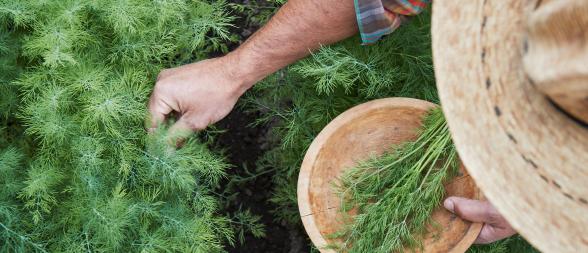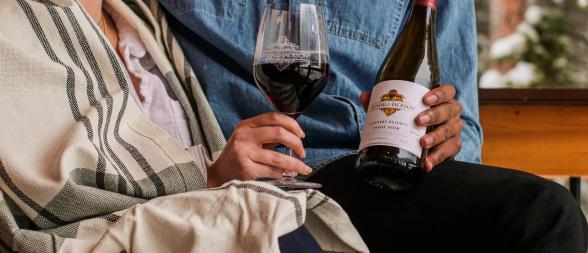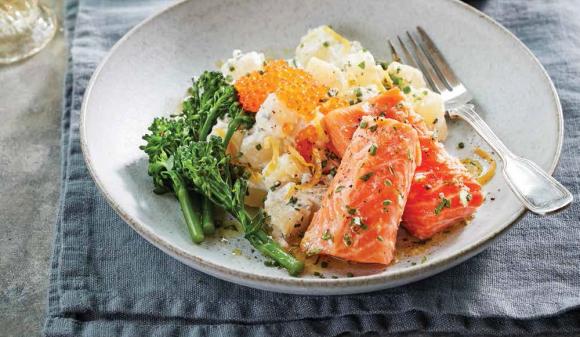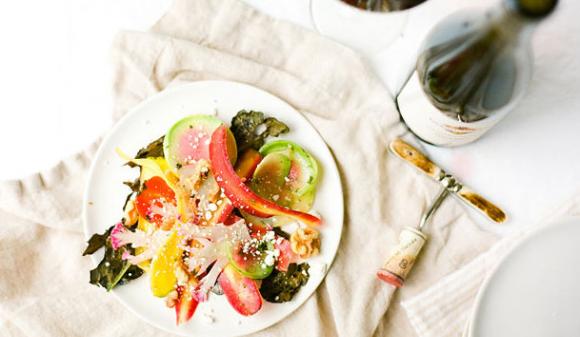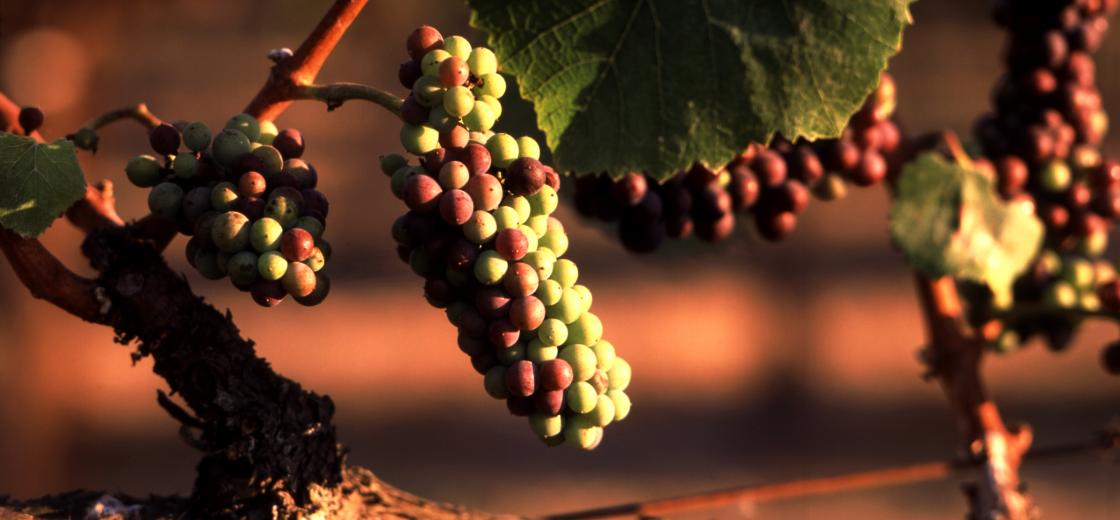
What Is Veraison?
I got a chance to show off the first sign of veraison in Alexander Valley last week. What does that mean? Well, that it is time to start gearing up for harvest.
This time of year is highly anticipated. We have been monitoring weather, searching and waiting for the first signs of color in the clusters. The weather has been cooperating really well so far, and we are seeing veraison in Alexander Valley Cab a full month earlier than last year.
This is a pretty important stage in winegrowing. Veraison is a physiological stage in the vine life cycle that is marked by a change in the appearance and hardness of the grape berry. In the case of both white and red grapes used in winemaking, the onset of veraison marks the end of grape skin cell division. Once it is finished, the grape skin cell number is fixed. A smaller number of skin cells generally means smaller berries.
As I have discussed before, berry size is important. But a quick refresher: a small berry has a better skin to juice ratio that ensures a better concentration of flavor and structure, something that’s very important in quality winemaking.
But there’s more to veraison than just the grapes changing color. Another characteristic we use to measure whether or not the process is complete is berry hardness. Up until now, the berries are very firm. Once they get through veraison, the berries are pliable and can be deformed when squeezed between the thumb and index finger.
This elasticity is one of the only ways to observe veraison in white wine grapes. It’s a little easier to spot in red wine grapes that undergo a very obvious change. The berries are green — just like their white wine counterparts — but now start to change to purple. White grapes, on the other hand, have an observable change in color, albeit not as pronounced as in red winegrapes, changing from green to a golden color.
Something you might not know is that the interval from veraison to harvest is different for each varietal, and is largely dependent on heat accumulation and crop size. Merlot takes fewer heat units to ripen than Cabernet Sauvignon. Growing region greatly affects this heat accumulation, so we see varieties ripening over a long timeline if they are sourced from different locations along the coast of California.
From a vineyard and winemaking standpoint there’s not a lot of extra work to be done – yet. Although we will start making final adjustments to cropload once veraison progresses to 85% or so; it’s easy to see which clusters are lagging behind at that point. If we feel that these clusters will remain under ripe when most other clusters are ready for harvest then we’ll remove those few clusters to promote more even ripening, but that’s another blog post for another day.
In general, though, we should start seeing Sauvignon Blanc and Pinot Gris in the winery by the end of August this year. This should be followed by Pinot Noir and then Chardonnay, Zinfandel and Merlot, and finally Cabernet Sauvignon and Syrah.

